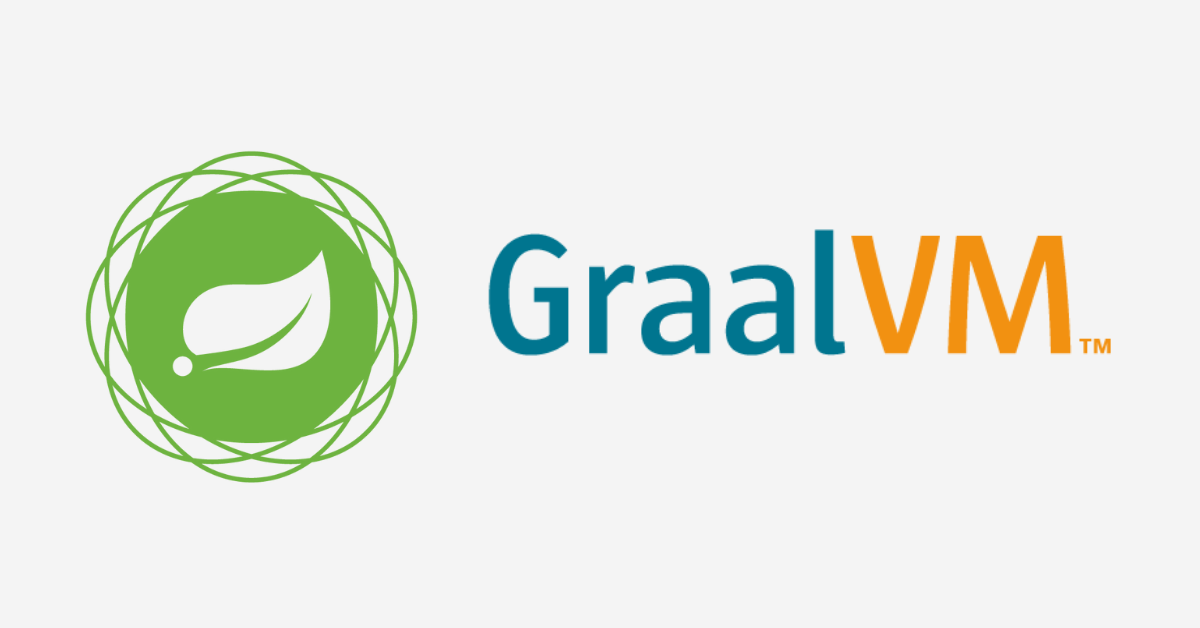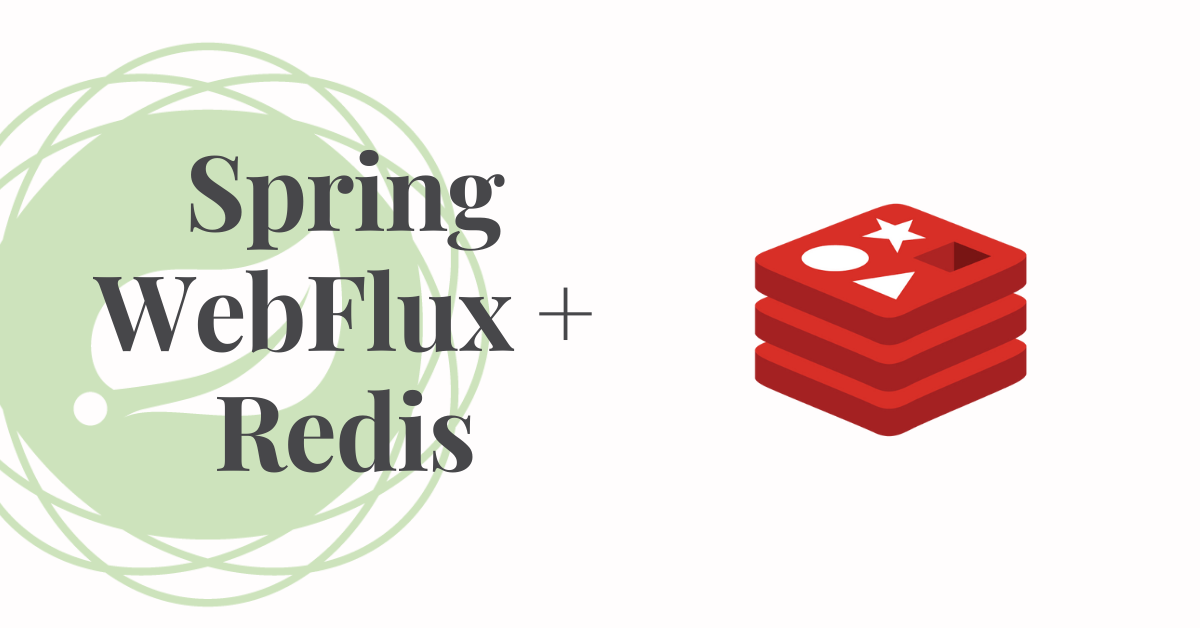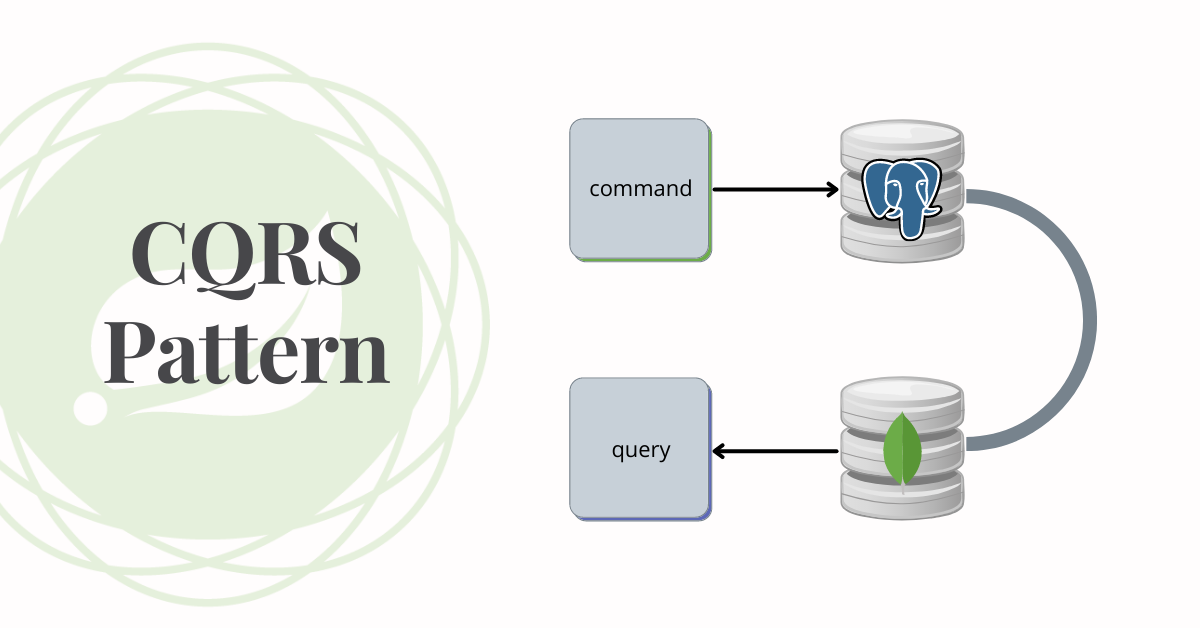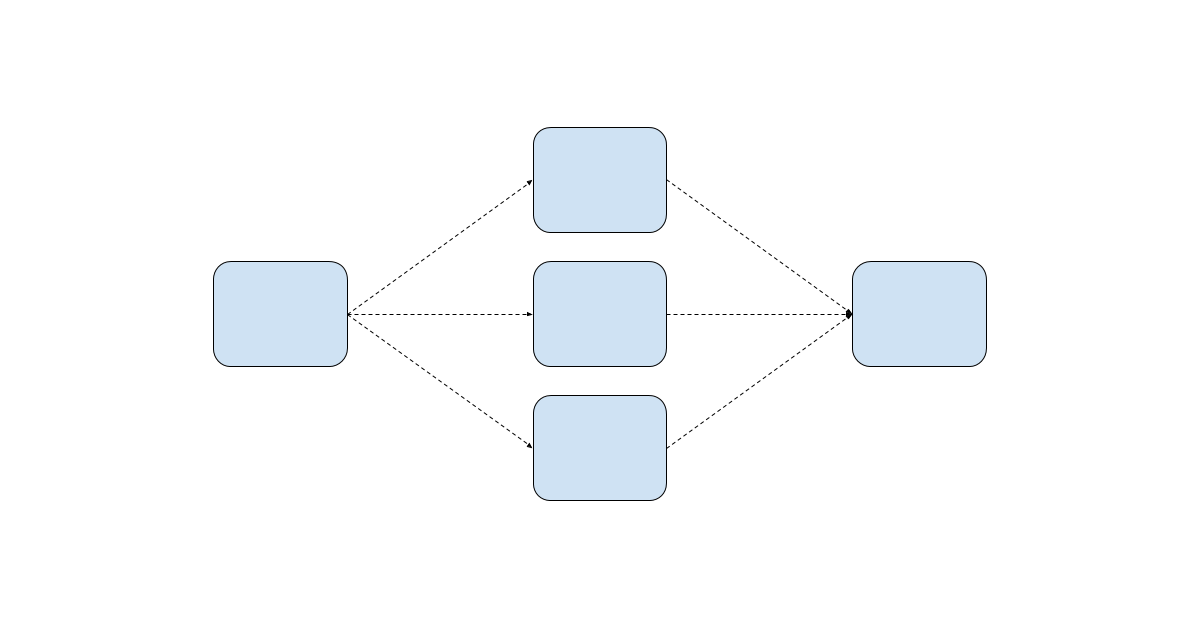Spring Data R2DBC Pagination
Overview: In this tutorial, I would like to show you how we could achieve pagination for improved navigation of our application when we use Spring Reactive Data (R2DBC Pagination) with Spring WebFlux. Spring Data R2DBC: R2DBC stands for Reactive Relational DB connectivity. Something like JPA (Java Persistence API), R2DBC is a specification for reactive drivers for relational DBs. […]










